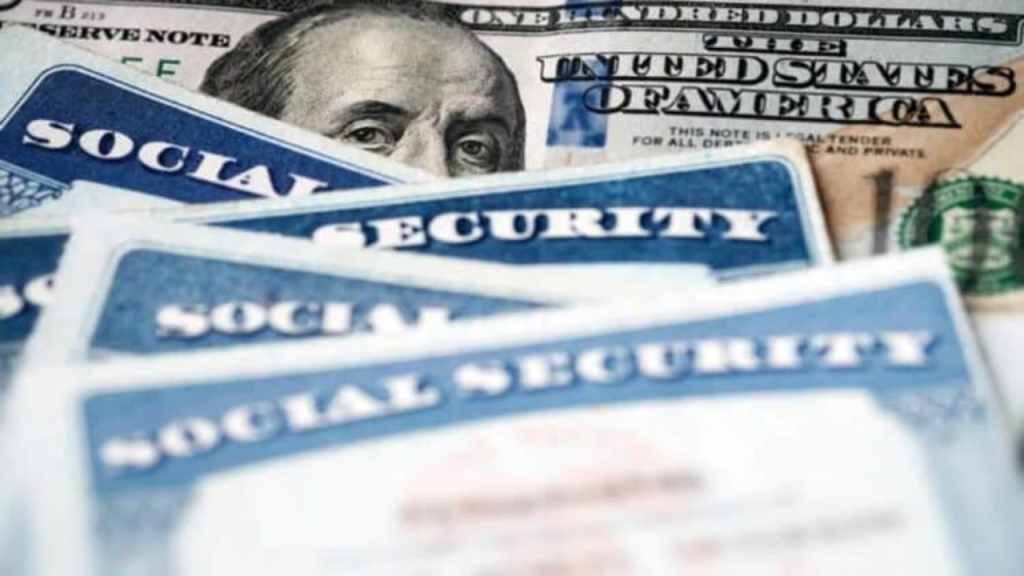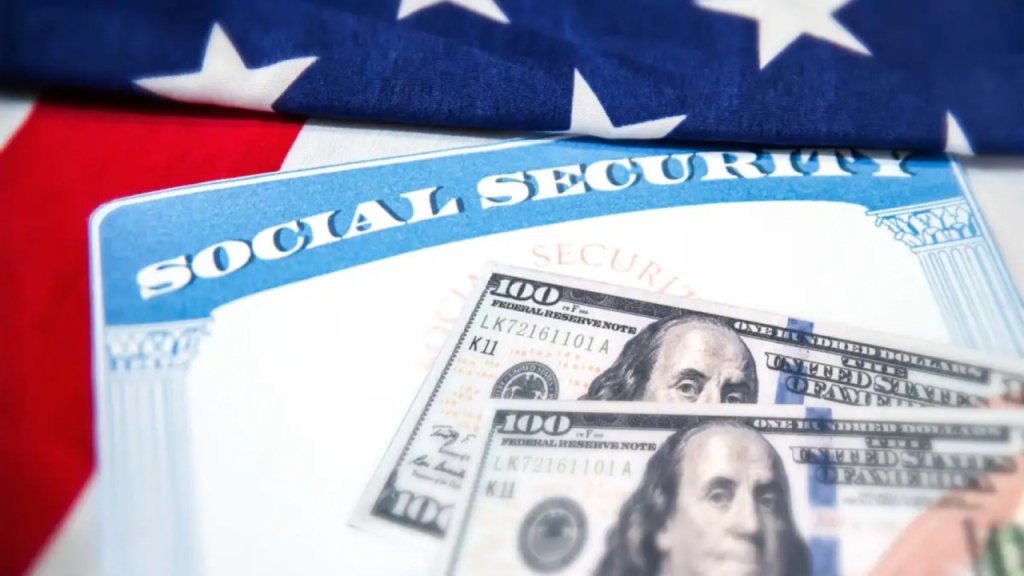
Today, millions of Americans across the country are receiving Social Security payments, with the average monthly check hitting nearly $2,000 for retirees. The U.S. Social Security Administration (SSA) is distributing benefits as part of its monthly payment schedule, continuing to support retirees, disabled individuals, and survivors.
Who Is Getting Paid Today?
Social Security payments are made every month, but not all recipients get their money on the same day. The SSA divides the payment schedule based on the recipient’s birthday to streamline the process.
For those whose birthdays fall between the 21st and 31st of any month, today is the official payment date. If your birthday is in this range, you can expect your payment to land in your bank account or mail box today, Wednesday, May 28, 2025.
Previously, beneficiaries with birthdays from the 1st to the 10th received their payments on May 14, while those born between the 11th and 20th got paid on May 21. Additionally, people who started receiving Social Security benefits before May 1997 receive their payments on the third day of each month, which was May 2 this year since May 3 was a Saturday.
How Much Is the Average Social Security Payment?
The average Social Security payment for retired workers has reached an all-time high of about $2,000 per month. This average figure includes millions of retirees who rely on this monthly income to help cover living expenses.
Other types of Social Security benefits also continue to provide important financial support:
- Social Security Disability Insurance (SSDI) recipients receive an average of about $1,581 per month.
- Survivor benefits—paid to families or dependents after the death of a worker—average approximately $1,565 monthly.
- Supplemental Security Income (SSI) recipients receive an average of $717 per month. SSI is a needs-based program for elderly, blind, or disabled individuals with limited income and resources.
While $2,000 is the average, payments vary widely depending on lifetime earnings, work history, and the age at which beneficiaries begin collecting. The maximum monthly retirement benefit can be as high as $5,108, although very few people qualify for the maximum amount.

Why Is the Payment Schedule Staggered?
The SSA staggers payments by birthday primarily to manage the volume of monthly disbursements efficiently. This scheduling approach also helps prevent system overloads and allows financial institutions to process payments in batches.
Recipients born between the 1st and 10th of a month receive their payments on the second Wednesday of the month. Those with birthdays between the 11th and 20th are paid on the third Wednesday. And as noted, birthdays from the 21st to 31st fall on the fourth Wednesday, which is today.
People who began receiving benefits before May 1997 are on a different payment timetable, receiving payments on the third day of the month regardless of birthday.
How to Find Out When Your Payment Will Arrive
To confirm when you will receive your Social Security payment, the SSA offers an easy-to-use payment schedule on its website. You can visit the official Social Security payment calendar page at ssa.gov/payments.
Simply identify your birthday and check the corresponding payment date for the current month. This calendar is updated yearly and reflects holidays and weekends when payment dates may shift.
Why Are Payments So Important?
For many retirees, Social Security is the primary or only source of income. The program provides a financial safety net for millions of Americans who have contributed to the Social Security system through payroll taxes during their working years.
In addition to retirees, Social Security payments help disabled workers and survivors maintain a degree of financial stability after hardship. The cost-of-living adjustments (COLA) each year help protect recipients from inflation, though debates about future adjustments continue.
How to Receive Your Social Security Payments
Most recipients get their benefits through direct deposit, which is the safest and fastest way to receive payments. If you are not signed up for direct deposit, the SSA recommends switching from paper checks to direct deposit to avoid mail delays or lost payments.
You can enroll for direct deposit by visiting the SSA’s official page: ssa.gov/deposit.
What to Do If You Don’t Receive Your Payment
If your payment does not arrive on your scheduled date, you should:
- Verify your payment schedule on the SSA website.
- Check with your bank to confirm if the payment was deposited.
- Contact the Social Security Administration directly via phone or online to report a missing payment.
The SSA provides a toll-free helpline and online services for reporting and tracking your benefits.
CONCLUSION
Social Security payments play a vital role in supporting millions of Americans every month. Knowing when to expect your check and understanding how the payment amounts are determined can help you better manage your finances. As the program continues to evolve, staying informed through official SSA resources ensures you receive the benefits you’re entitled to without any surprises.
